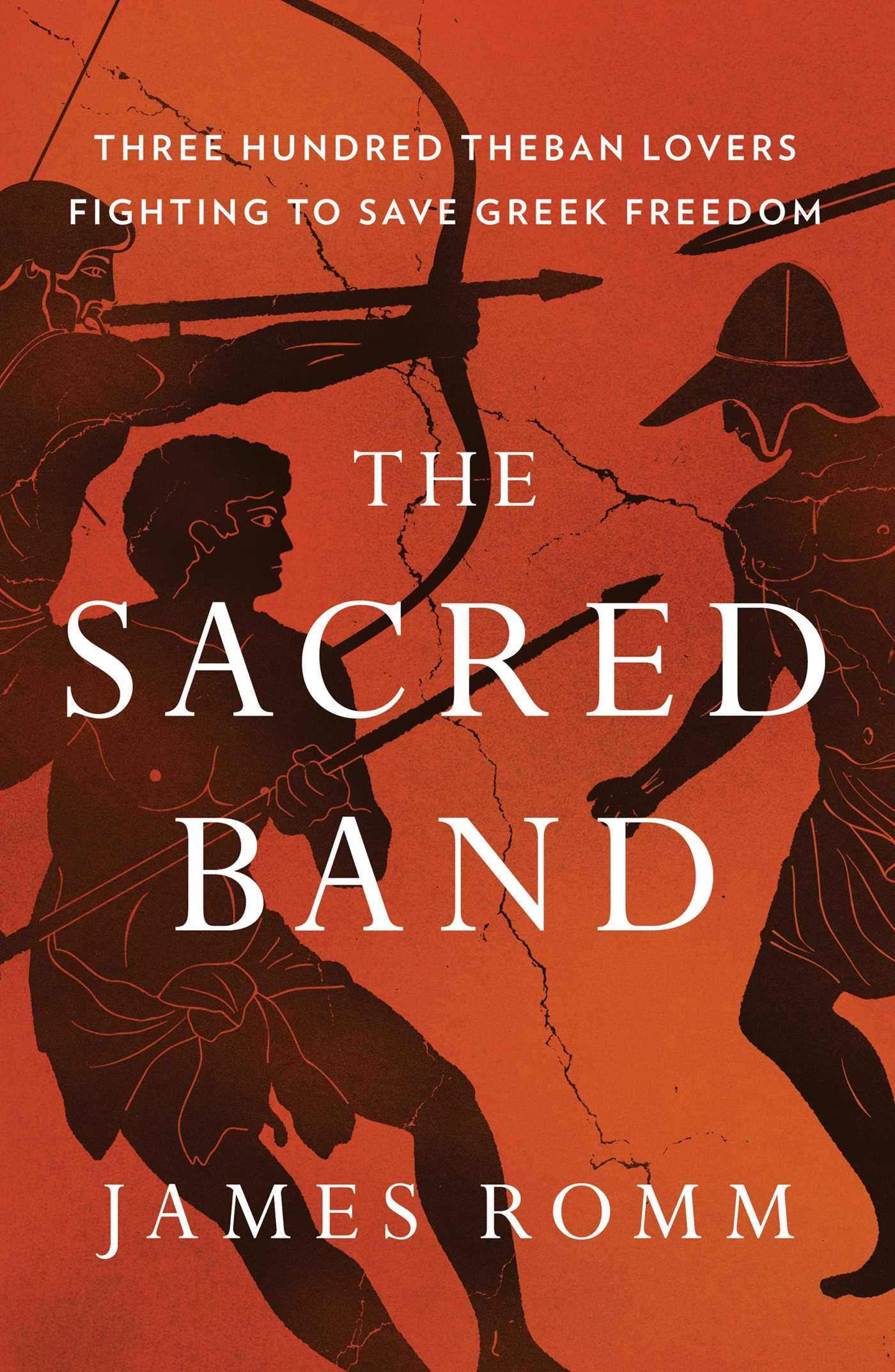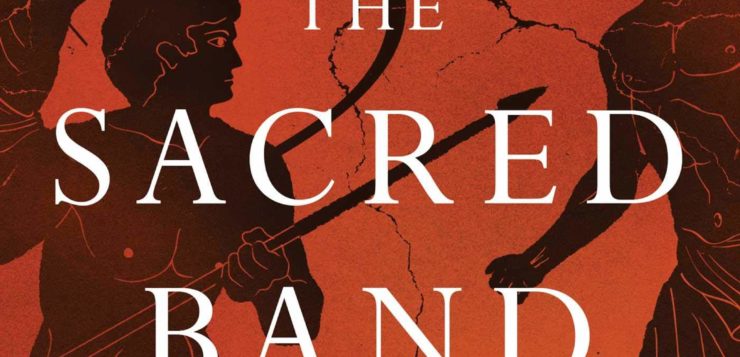 THE SACRED BAND
THE SACRED BAND
Three Hundred Theban Lovers Fighting to Save Greek Freedom
by James Romm
Scribners. 320 pages, $28.
THE SACRED BAND is a tourist’s guide to events that took place between 378 and 338 BCE in the location of today’s Greece, but in fact the time period covered includes explanatory material and connective tissue from somewhat earlier times in a region spanning from Sicily to Persia. The Band in the title refers to the Sacred Band of Thebes, a select cadre of heavily armed infantry made up of male couples, typically one older than the other, but all adults. The underlying theory on which this formation was based, largely derived from Plato, was that soldiers fighting alongside their beloved were fighting for more than their city-state. A soldier would not want to show any whiff of cowardice or a failure of masculine discipline in front of the male soldier who is his lover.
Romm observes that the use of this institution “posed a distinctively Theban answer to Spartan values: instead of machtpolitik and the cult of the state, the Band relied on a native tradition, the view of male eros as a long-lasting, privileged bond.” Same-sex relations were common and not a social issue in Thebes and elsewhere. By contrast, the cult that ruled in Sparta, championed by Xenophon, was one of physical purity and sexual denial. Even playing around with women was scorned, let alone enjoying other men.
Romm is persuasive in arguing that this theory of “The 300” is at least plausible and probably the best explanation for the unit’s establishment as well as for its unique burial after its final battle.







